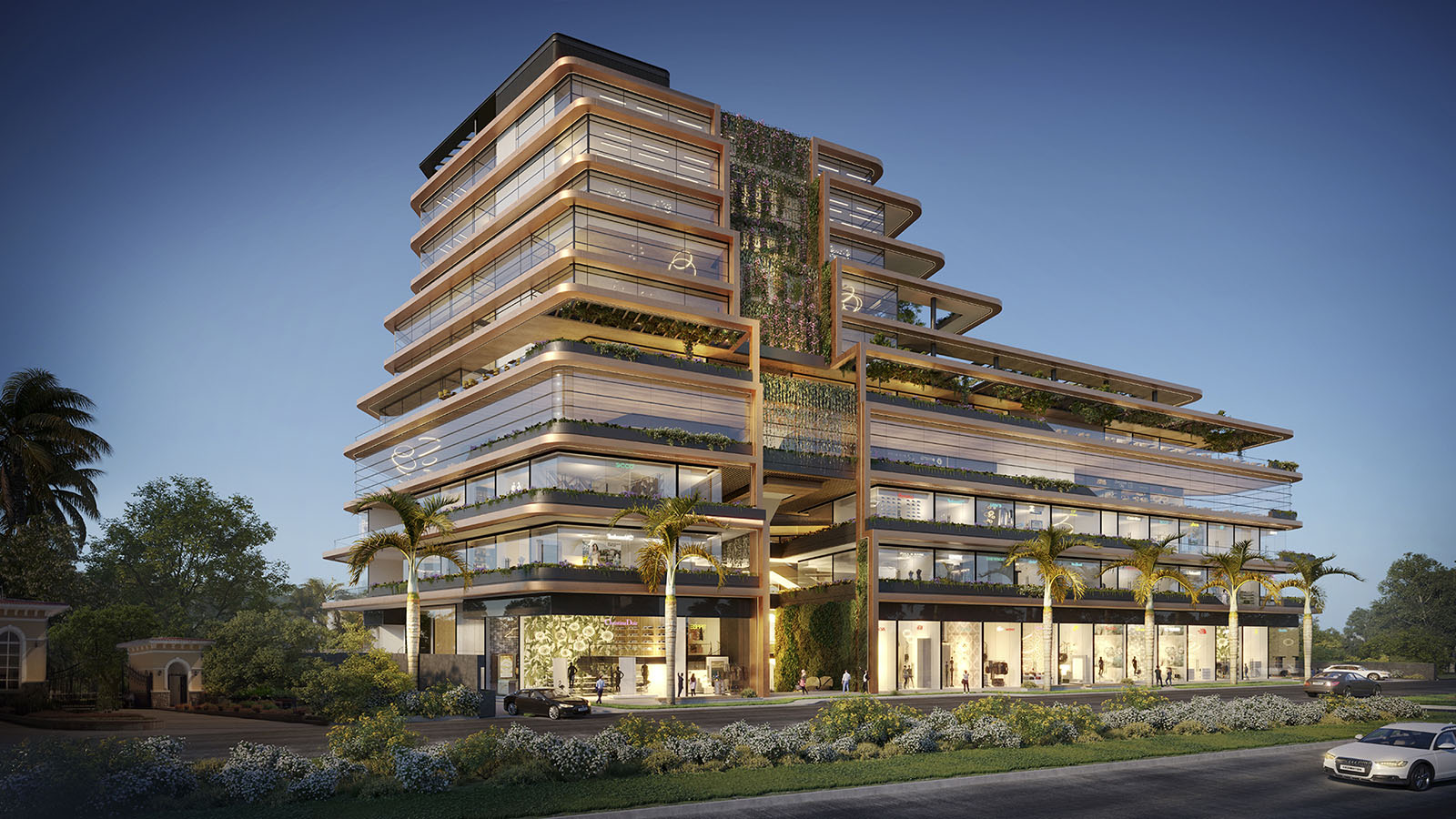
Gurgaon, also known as Gurugram, has witnessed significant changes in housing prices over the years, reflecting both global trends and local market dynamics. As one of India’s fastest-growing urban hubs, Gurgaon’s real estate market has become a focal point for investors, homebuyers, and developers. Here’s a look at how housing prices in Gurgaon have evolved and the factors driving these changes.
1. The Pre-Pandemic Boom (2015–2019)
Before the pandemic, Gurgaon experienced steady growth in housing prices, driven by:
- Rapid urbanization and infrastructure development, including the expansion of metro connectivity and highways.
- Increased demand for residential properties in established areas like Golf Course Road, DLF City, and Sohna Road.
- An influx of multinational corporations establishing offices, boosting demand for luxury and mid-range housing.
Housing prices during this period rose consistently, particularly in premium segments, as Gurgaon became a preferred destination for professionals and expatriates.
2. Pandemic Disruptions (2020–2021)
The COVID-19 pandemic had a profound impact on Gurgaon’s housing market:
- Initially, there was a dip in demand due to uncertainty and economic slowdown, causing a temporary stagnation or slight decline in housing prices.
- However, by late 2020, the market rebounded, driven by the growing preference for spacious homes, work-from-home setups, and independent properties.
- Buyers showed increased interest in suburban areas like Sohna and New Gurgaon, where prices remained more affordable compared to central locations.
3. Post-Pandemic Recovery and Growth (2022–Present)
The recovery phase brought a strong resurgence in housing demand, leading to notable price increases:
- Premium and luxury housing saw significant appreciation, fueled by high-income buyers seeking exclusive residences.
- Affordable housing segments also gained momentum due to government incentives like lower GST rates and the PMAY (Pradhan Mantri Awas Yojana) scheme.
- Infrastructure upgrades, including the Dwarka Expressway and metro expansions, further enhanced Gurgaon’s appeal, driving up property values.
4. Global Influences on Local Prices
Gurgaon’s housing prices have been influenced by global factors, such as:
- Rising construction costs due to global supply chain disruptions and inflation.
- Increased demand for real estate as a stable investment option amid volatile financial markets.
- International interest from NRIs (Non-Resident Indians) and foreign investors seeking high-value properties in Gurgaon.
5. The Future Outlook
With Gurgaon’s continued development as a financial and tech hub, housing prices are expected to remain on an upward trajectory. Emerging areas like New Gurgaon and Dwarka Expressway will likely see the highest appreciation as infrastructure projects are completed. The luxury housing segment is also poised for growth, driven by global lifestyle trends and demand for exclusive residences.
Conclusion
Gurgaon’s real estate market has mirrored global housing trends, showcasing resilience and adaptability. While the city’s property prices have faced fluctuations, the long-term trajectory points toward sustained growth, making it an attractive destination for both homebuyers and investors.
 Gurgaon, also known as Gurugram, has witnessed significant changes in housing prices over the years, reflecting both global trends and local market dynamics. As one of India’s fastest-growing urban hubs, Gurgaon’s real estate market has become a focal point for investors, homebuyers, and developers. Here’s a look at how housing prices in Gurgaon have evolved and the factors driving these changes.
Gurgaon, also known as Gurugram, has witnessed significant changes in housing prices over the years, reflecting both global trends and local market dynamics. As one of India’s fastest-growing urban hubs, Gurgaon’s real estate market has become a focal point for investors, homebuyers, and developers. Here’s a look at how housing prices in Gurgaon have evolved and the factors driving these changes.
